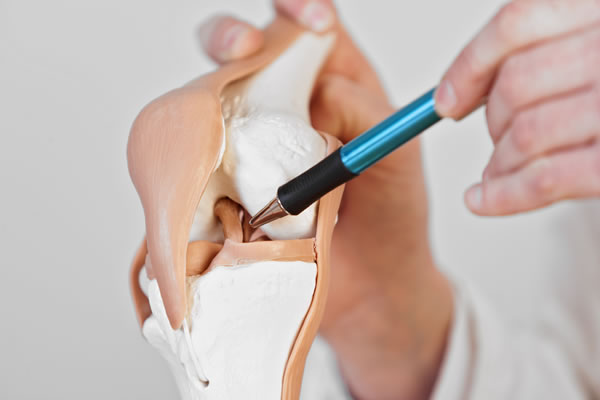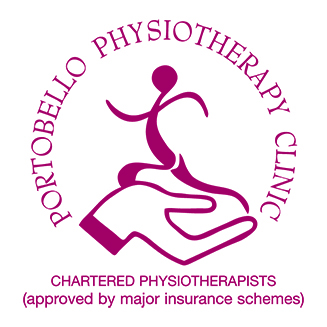Chartered Physiotherapists
Specialists in Musculoskeletal Physiotherapy
Cartilage Damage

Cartilage is a form of flexible connective tissue that lines our bones and our joint surfaces to help provide stability to the joint and allow bones to glide smoothly over each other. There are two types of cartilage which play a role in joint mechanics. The first is hyaline cartilage which is a thin layer of connection tissue that lines the end of bones allowing for a smooth bone to bone contact as your joints move through range. The second type of cartilage is a thicker deeper form which lines the periphery of the joint and its main function is to promote joint stability. In the knee this form of cartilage is referred to as the meniscus, whereas in the shoulder and hip it is referred to as the Labrum. Damage to the cartilage can be problematic as it has a poor blood supply, depending on the type of cartilage and/or type of tear certain areas of cartilage have no blood supply at all.
Treatment
There are two main options of treatment following cartilage damage, one is conservative consisting of physiotherapy intervention and the second is surgical followed by post-operative physiotherapy. Which approach is best will depend on the type and severity of the tear and also to what level of activity the patient wishes to return to following injury. In cases where the tear is quite severe it is unlikely that this will improve with physiotherapy alone and surgical intervention is usually warranted. If the cartilage damage is mild physiotherapy is usually the recommended choice of treatment. With mild cartilage tears the majority of cartilage damage is to the outer layer which is the part that has a blood supply and has the capability to regenerate. Our Chartered Physiotherapists through a combination of joint mobilisation techniques and progressive exercises will help you regain strength and function in the affected joint and aid the healing process.
Ready to take the next step?
Learn more about our Patient-Centered Approach to Care or schedule a new patient consultation.


